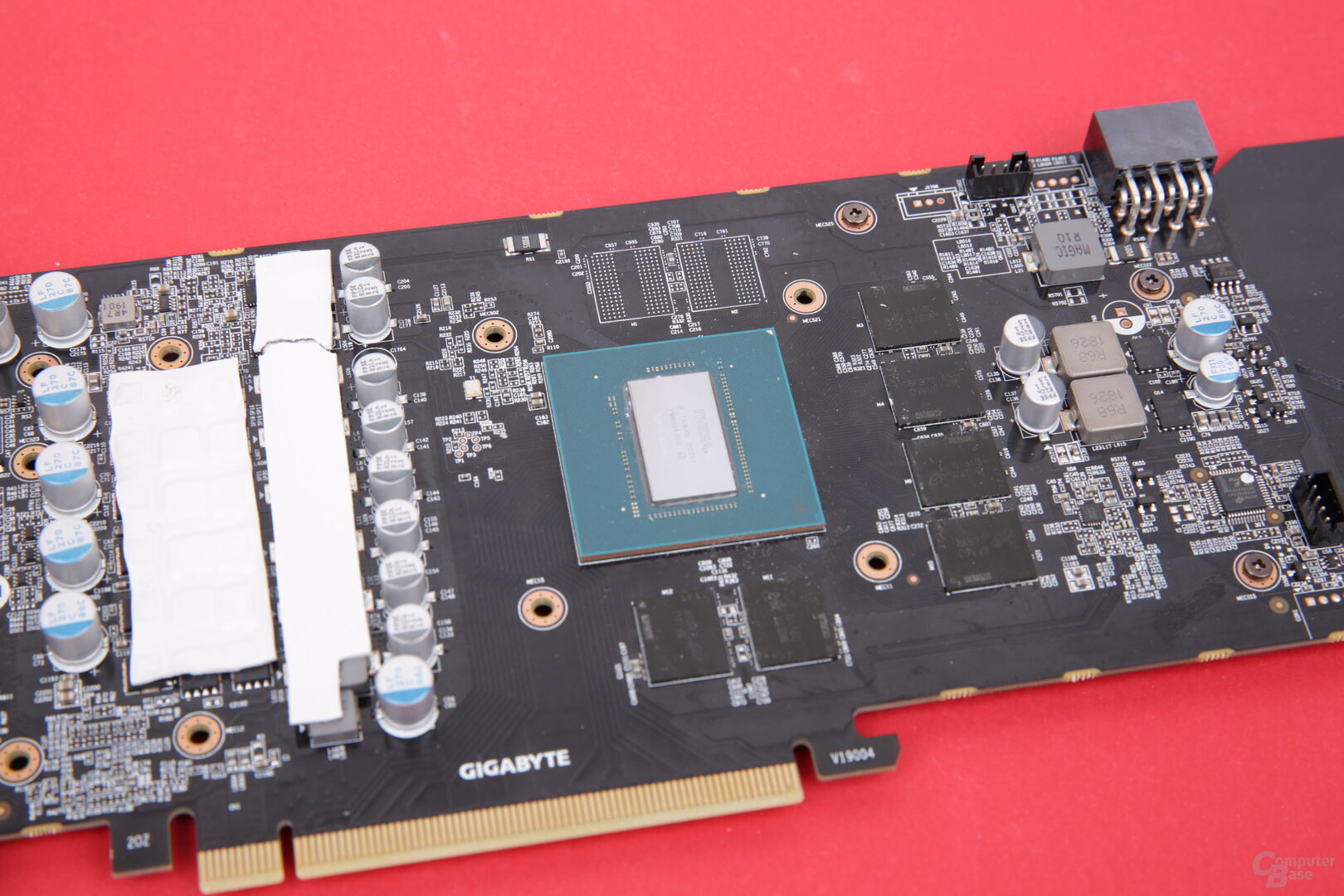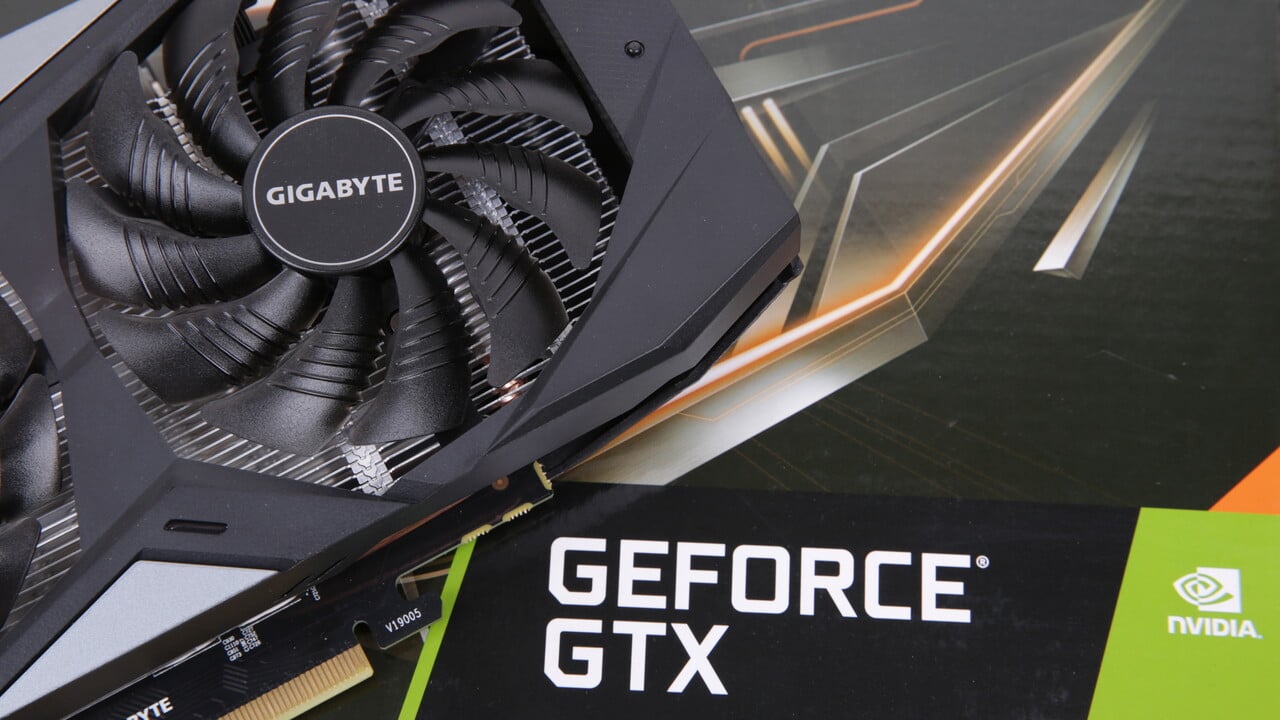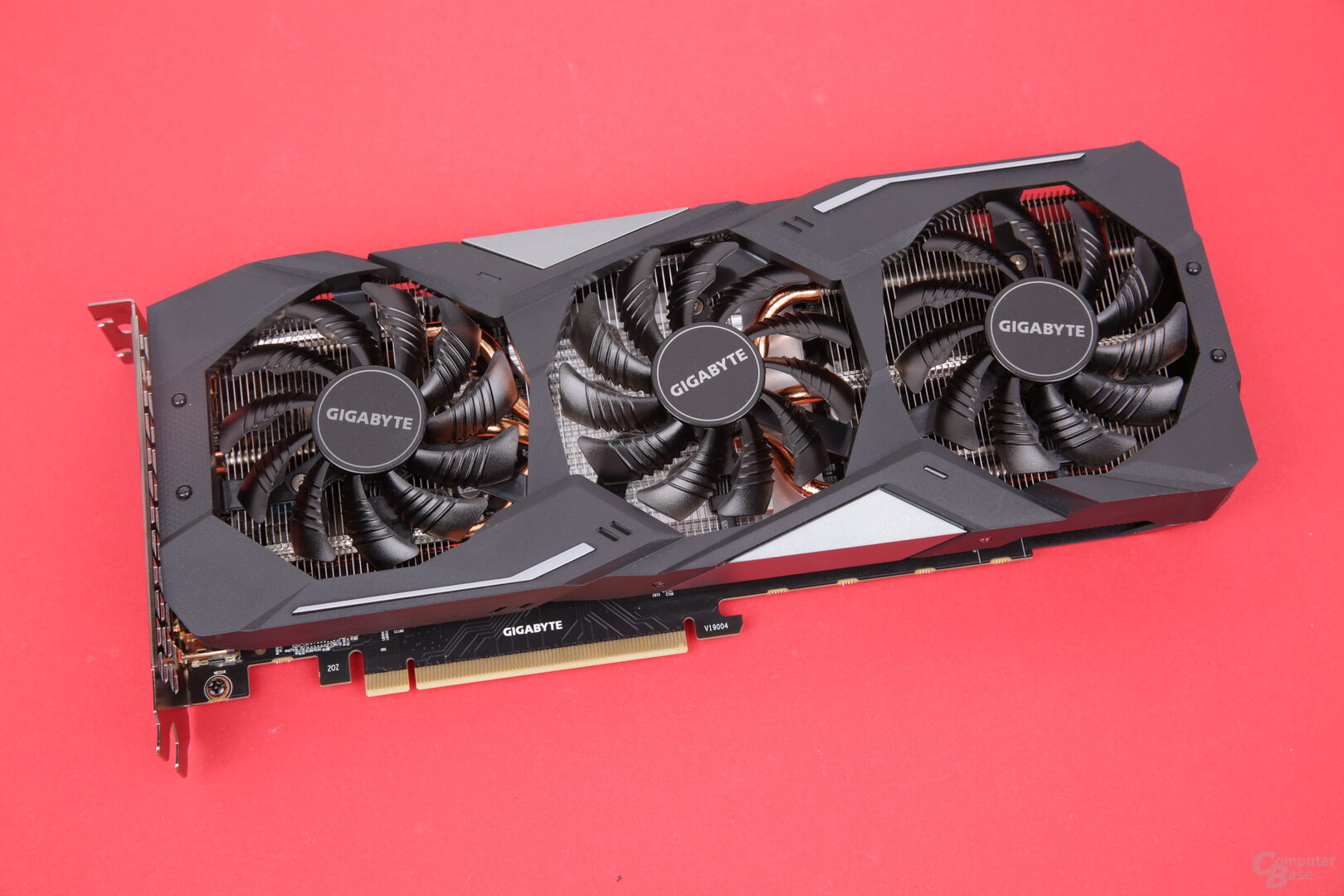– With the GeForce GTX 1660, Nvidia places the Turing architecture in the price range of just over 200 euros. The Radeon RX 590 can also be found there. The new graphics card impresses in the form of two Gigabyte custom designs with good performance and high efficiency, but is lagging behind in terms of memory.
The GeForce GTX 1660 to replace the GTX 1060
With the GeForce GTX 1660 Ti (test), Nvidia only placed the new Turing architecture in the price range of 250 to 350 euros a few weeks ago, now the GeForce GTX 1660 is a step down: 225 euros is the lowest recommended retail price for this model. The graphics card replaces both the GeForce GTX 1060 3 GB and the normal GeForce GTX 1060 with 6 GB of memory, which are currently on sale from 175 and 199 euros respectively.
The GeForce GTX 1660 is based on the larger Ti version of the TU1160 GPU and offers (almost) everything just a little less: fewer shaders, less texture units, less memory clock and, for the first time in the new generation, no GDDR6 but GDDR5 memory. However, its capacity remained the same at 6,144 MB.
2 × Gigabyte GeForce GTX 1660 in the test
BitcoinMinersHashrate is testing what the GeForce GTX 1660 can do for the requested 225 euros using the Gigabyte GeForce GTX 1660 OC and the Gigabyte GeForce GTX 1660 Gaming OC. Both graphics cards are equipped with the in-house WindForce cooler, whereby the gaming variant offers a significantly larger cooler, a bit more clock speed and subtle RGB lighting.
The TU116 with Turing and GDDR5
Like the GeForce GTX 1660 Ti, the GeForce GTX 1660 relies on the TU116 GPU, which comes without ray tracing and AI cores. And on this model, some of the "classic" units were also deactivated. There are still three graphics processing clusters, but instead of the full 24 streaming multiprocessors, only 22 of them are active on the new graphics card. This amounts to 1,408 shader and 88 texture units, which means the reduction is small (-8%).
The clock of the GeForce GTX 1660 with a base of 1,530 MHz and an average turbo of 1,785 MHz is even slightly higher than that of the GeForce GTX 1660 Ti. Since both graphics cards are allowed to draw 120 watts and there have been no other changes, the raw power is so very similar to the GPU.
Hardly lower GPU, but significantly lower memory speed
The performance difference desired by Nvidia is primarily due to the storage. Although Nvidia leaves all six 32-bit memory controllers active on the GeForce GTX 1660 (192-bit memory interface), the company does without the fast GDDR6 memory for the first time in the Turing generation. Traditional GDDR5 memory is installed on the GeForce GTX 1660, which does not even clock very fast at 4,000 MHz.

On this basis, the GeForce GTX 1660 can only access a memory bandwidth of 192 GB / s, while the GeForce GTX 1660 Ti can use 288 GB / s. That's a whopping 33 percent less.
The Gigabyte GeForce GTX 1660 (Gaming) OC in detail
Gigabyte sends the GeForce GTX 1660 OC and the GeForce GTX 1660 Gaming OC to the start of the trimmed TU116. The graphics cards differ primarily in the cooling system, which is significantly larger in the gaming version. That being said, the differences are in the details. The GeForce GTX 1660 OC is currently available from 239 euros, the GeForce GTX 1660 Gaming OC from 249 euros.
Both graphics cards use a WindForce cooler in the dual-slot variant. The Gigabyte GeForce GTX 1660 OC offers the buyer two axial fans with a diameter of 85 mm and a heat pipe. The GeForce GTX 1660 Gaming OC, on the other hand, uses three 75 mm fans and three heat pipes. The length of the graphics cards also differs significantly (22.5 cm to 28.5 cm). The GeForce GTX 1660 OC is a little wider to compensate for the shorter cooler. Both models turn off the fans at low temperatures.
The GeForce GTX 1660 OC is inherently slightly overclocked. Gigabyte specifies the average turbo at 1,830 MHz, which is 45 MHz above Nvidia's reference specifications. In addition, the graphics card with 130 watts can absorb 10 watts more power.
The GeForce GTX 1660 Gaming OC puts a little more frequency on top. Gigabyte specifies 1,860 MHz for the average turbo and with 140 watts the Gaming OC is allowed to record another 10 watts. In addition, the maximum power consumption can be increased to 160 watts, with the smaller model no adjustment is possible.
There is a bit of RGB on gaming, otherwise it will remain the default
In addition, the larger model offers RGB lighting, although this only applies to the Gigabyte lettering. That being said, there is nothing extraordinary to tell about the two graphics cards. This is not surprising in the price range either, special and elaborate features are reserved for the sometimes much more expensive graphics cards – at Gigabyte they usually operate as "Aorus".
Both products agree on the monitor connections. Both the GeForce GTX 1660 OC and the GeForce GTX 1660 Gaming OC offer three DisplayPorts and one HDMI output. There is no VirtualLink or DVI.
On the next page: test system and test results

















